After their high school career, students either decide to go to a private, community college, universities, military, workforce, study abroad or take a gap year.
On average the percentage of combined students that go into the military or workforce is around 30 percent. The percentage of students that go into the military is around 6 percent. The rest of that percentage goes into the workforce.
Some students who join the military or workforce have known that they wanted to join ever since they were little.
Senior Eliott Strong is planning on going into the U.S. Marines, “I have always wanted to do it ever since I was a little kid,” he said. He finally decided that is what he for sure wants to do after high school.
Allison Schroeder works in the College and Career Center. She helps them figure out which path they want to go on by, “figuring out what is important to them, what they enjoy to do and their hobbies.”
Schroeder also leads students to different materials and ways to get into contact with different possibilities and opportunities.
“I help students explore websites, and I schedule visits for university representatives, mission representatives and military representatives, in the cafeteria,” Schroeder explained.
Bob Manning is a Career Pathways Coordinator and also helps students make decisions and open up opportunities about their plan after high school.
“I start by making the most personalized method for each, individual student. I will set up a meeting or just let them stop by the office and do career coaching with them. I ask them, ‘What are they looking for? What is their interests? What are their skills?’ and help them maybe open up their eyes to different opportunities they would normally not consider and connect them to different people,” Manning said.
Manning also helps plan Pathways Day, he explained it gets students to start thinking about what they would like to do after high school, it helps students engage in the community and career exploration tools and follow up with us on feedback afterwards.
Students also can figure out what they want to do even when they are getting older.
Schroeder explains how she is in grad school right now at the age 40 to get her teaching license. She also explains that students can go back to school anytime and students can change their mind and do a lot of things with their life.
Manning and Schroeder also explain that it is not them telling the students what to do with their career after high school, it is the students and the parents having conversations together and figuring out what is for their own best interest.
“It is the right thing to join the military or the workforce if it is the right thing for you to do and if it is of your own best interest,” Manning said.
“I help get these ideas into these students minds for them to go and figure out now what their own best interest are and figure who they want to be and become as a person in life,” Schroeder explained.
The military and workforce is a good path to go into if it is of students best interest.
Strong explained his opinion on why he decided to join, “I want to become a better man, hopefully be more disciplined, treat everyone with respect and become a better version of myself than I can be.”


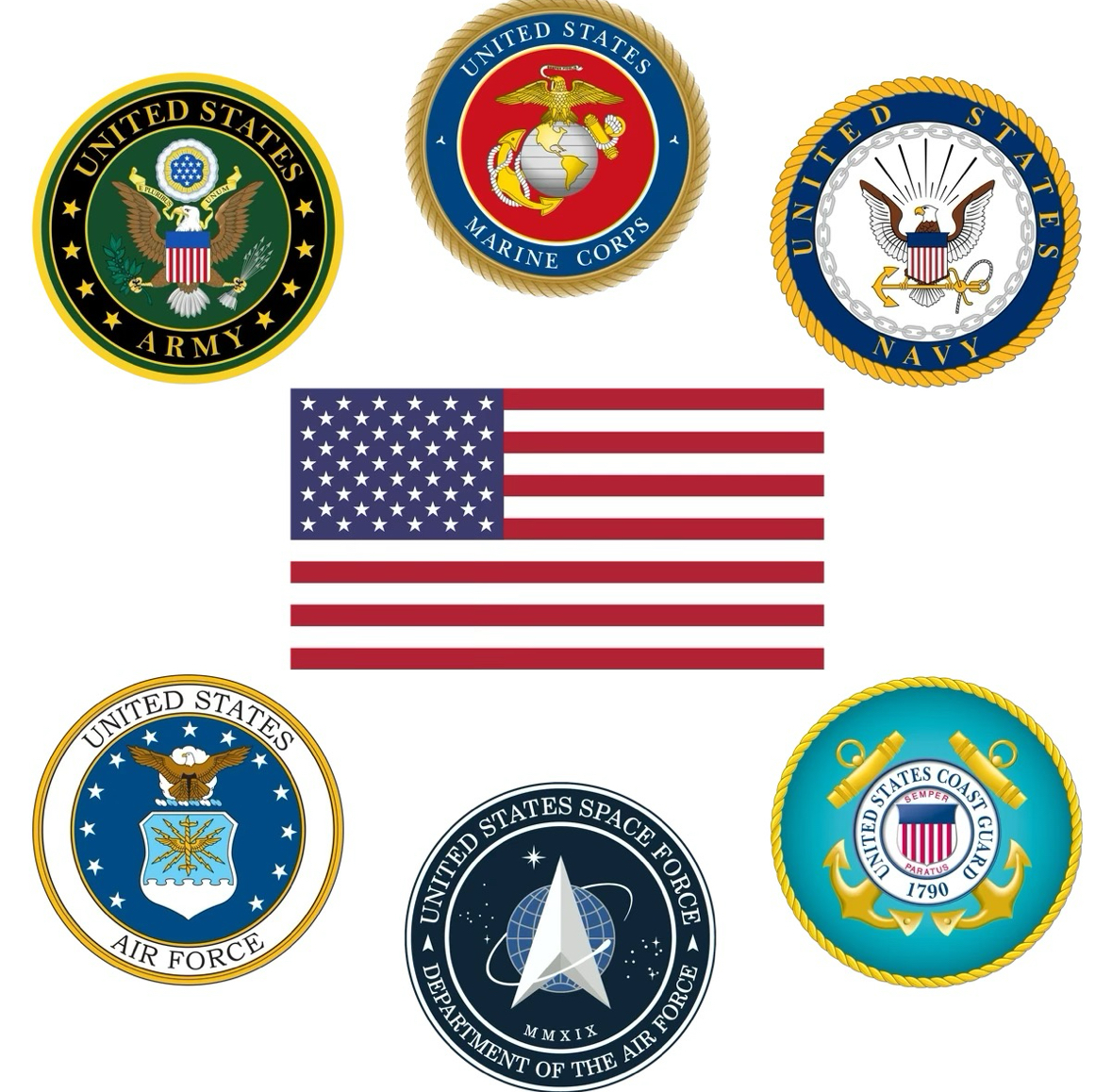
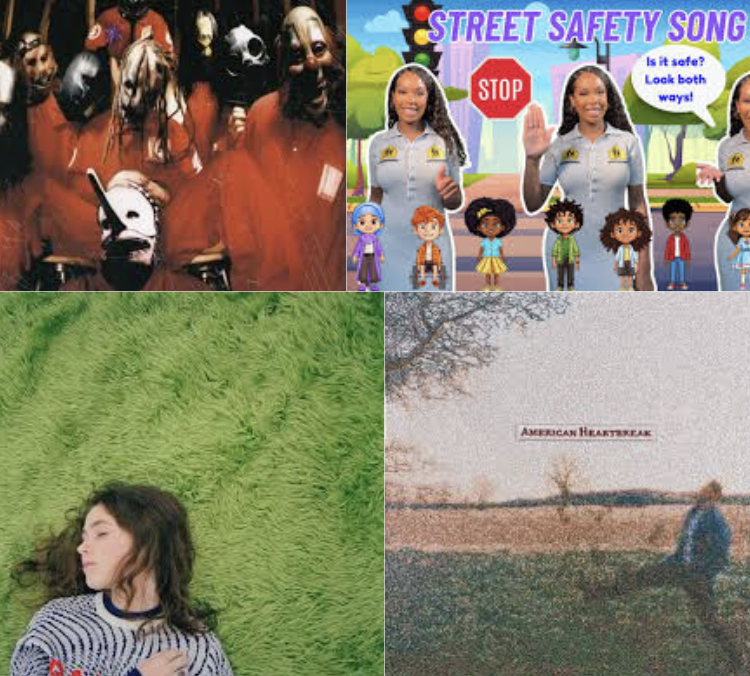

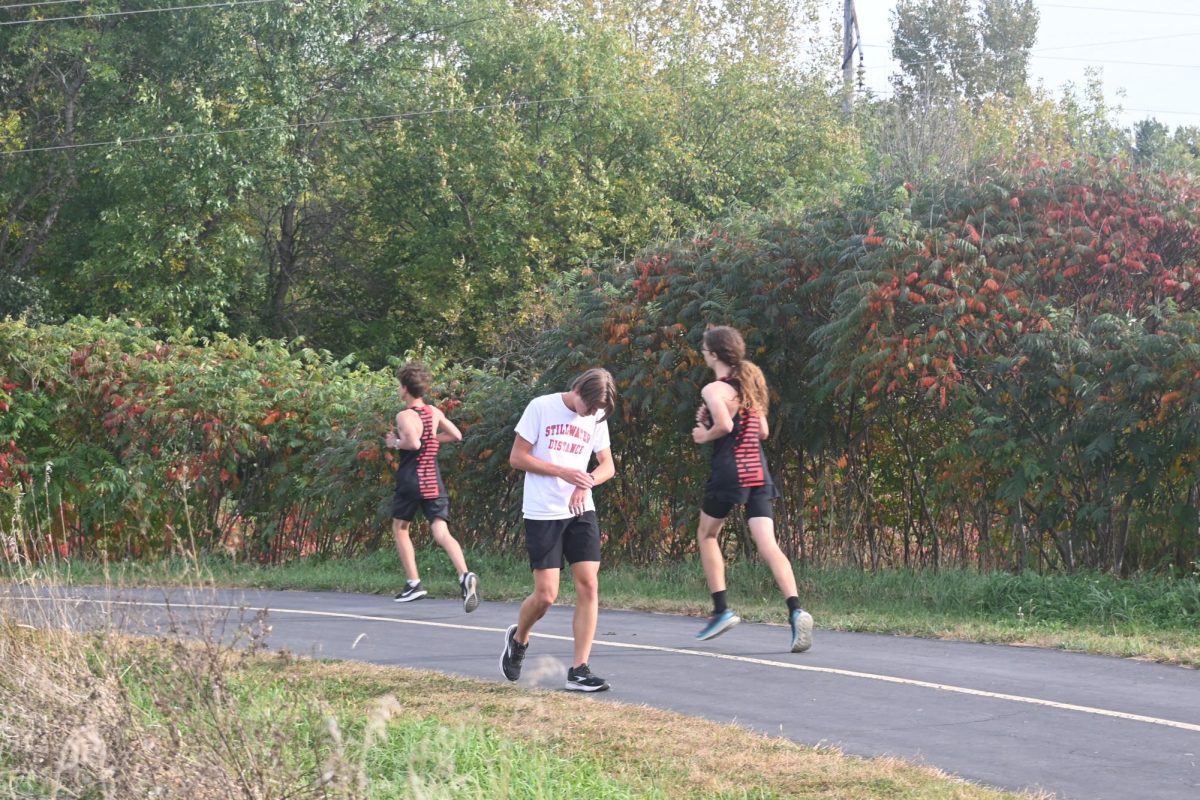
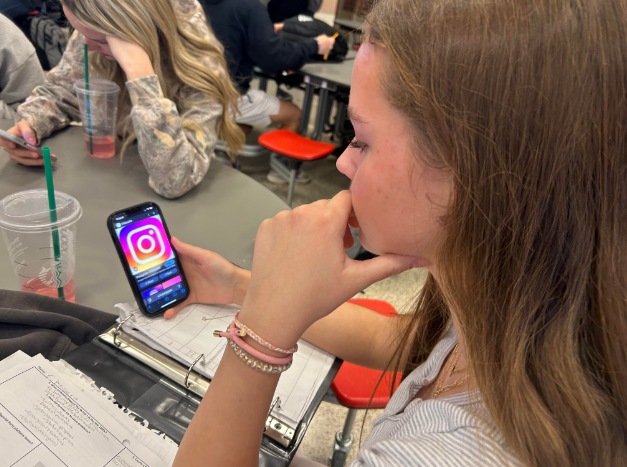
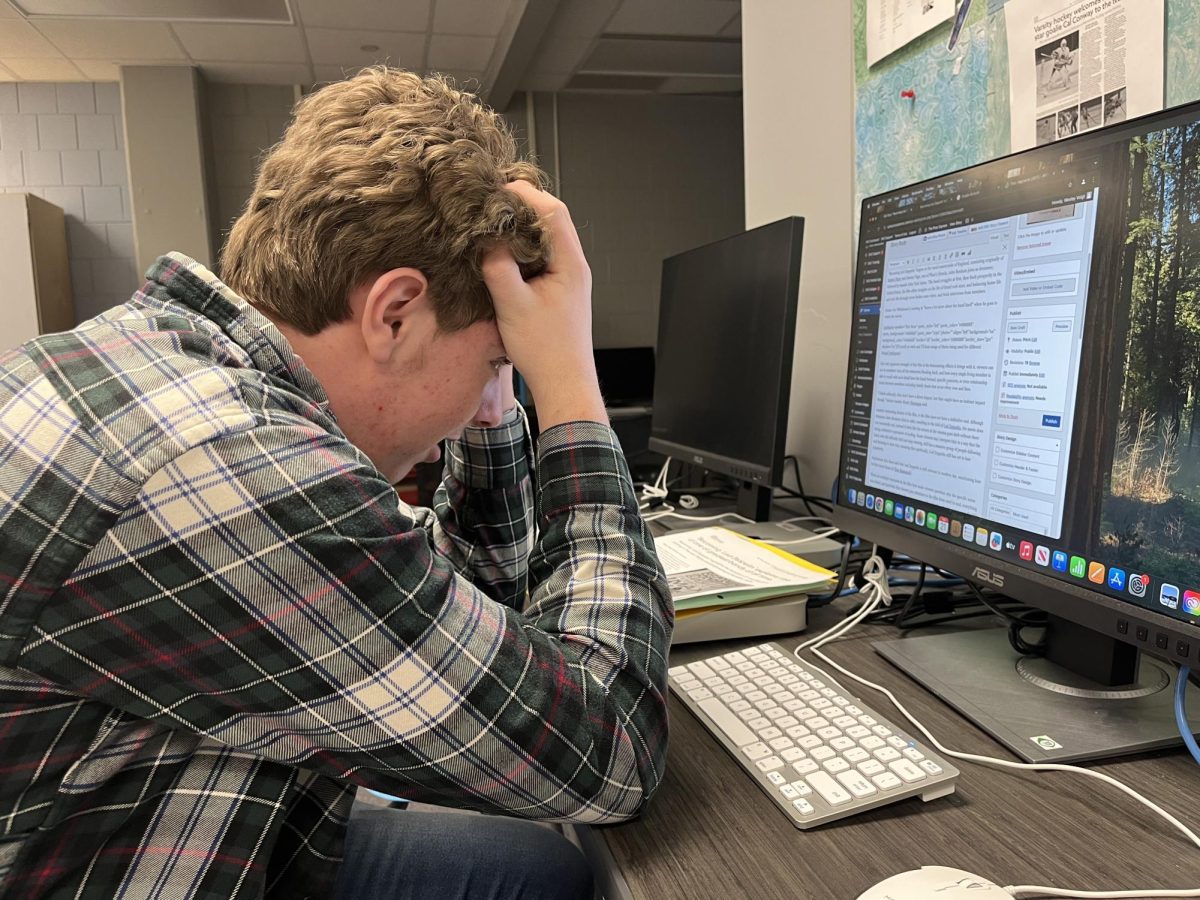

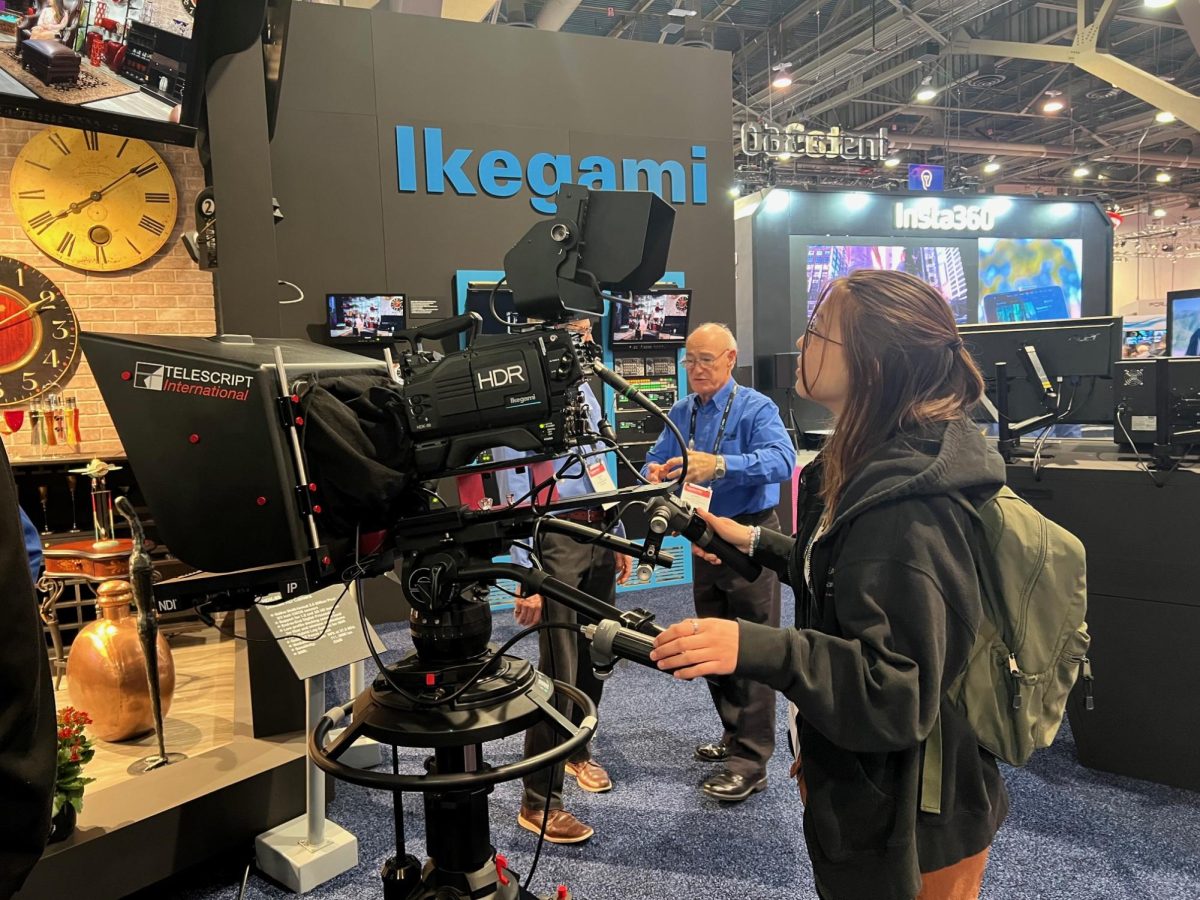
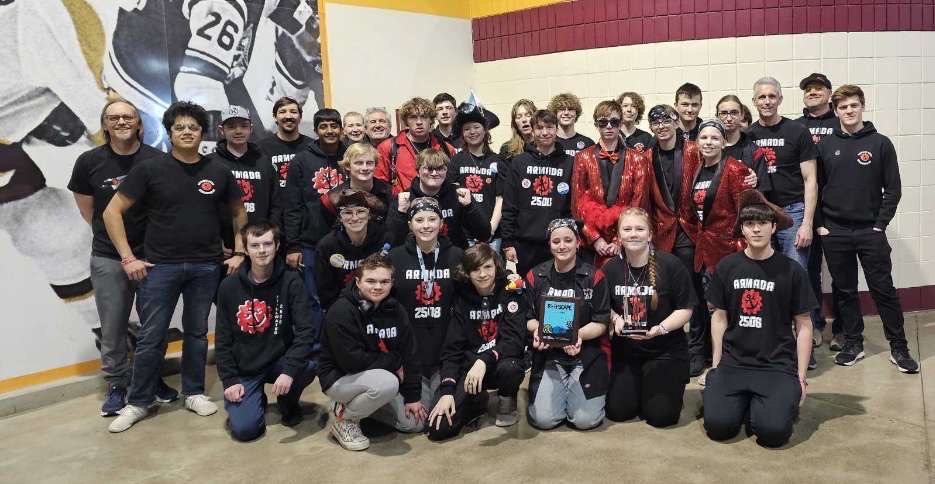

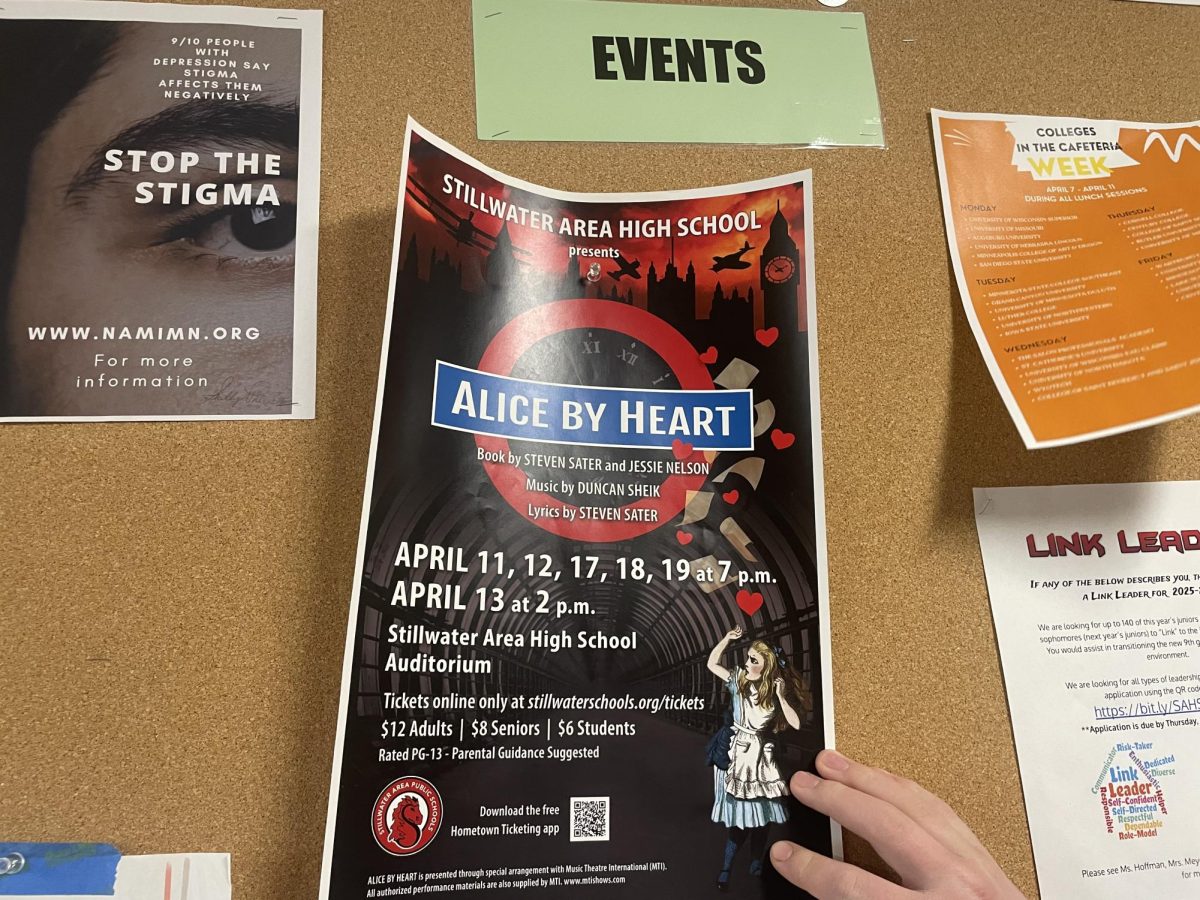
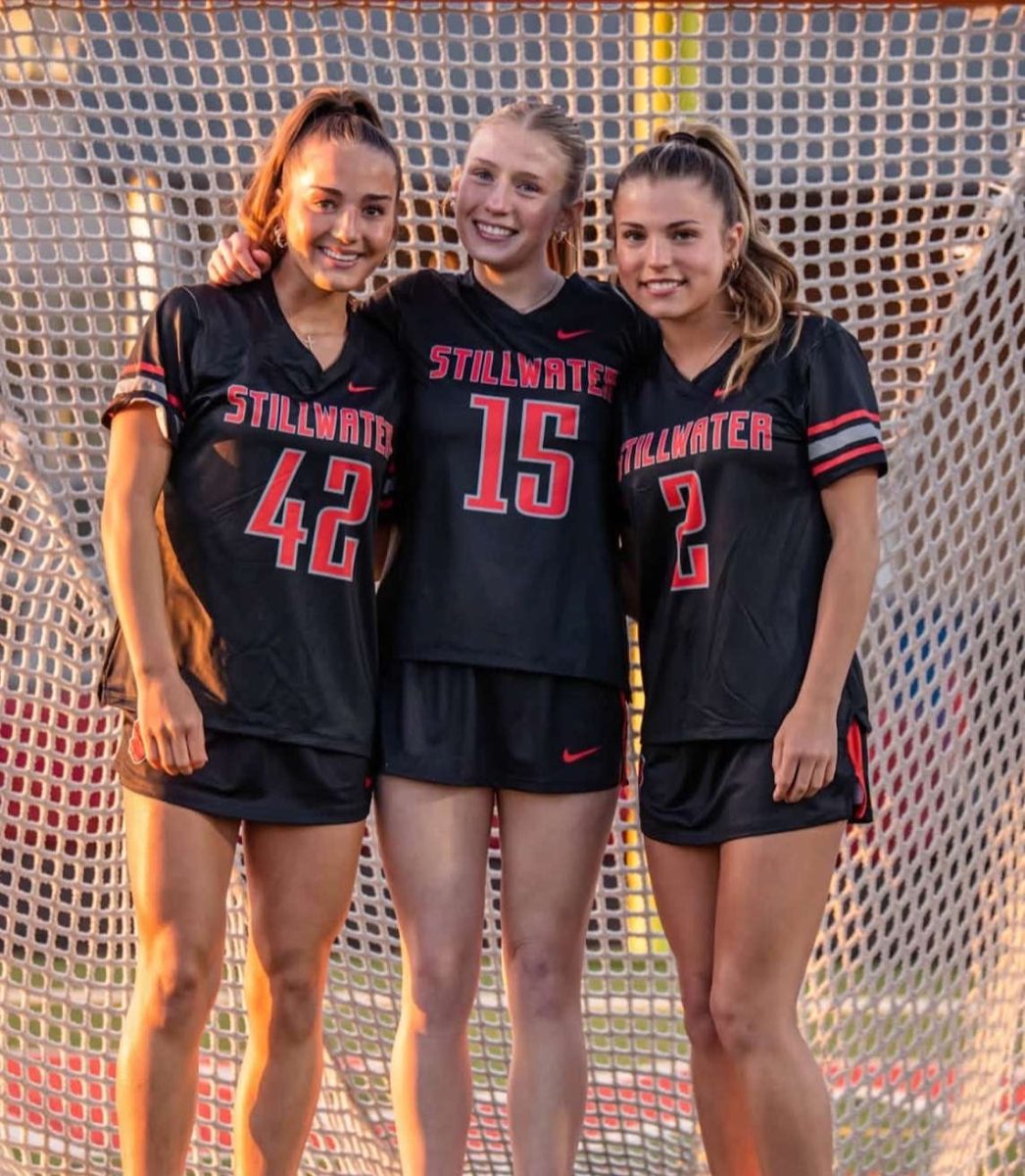

Katie • Jul 8, 2024 at 4:05 pm
What are the sources for your data?